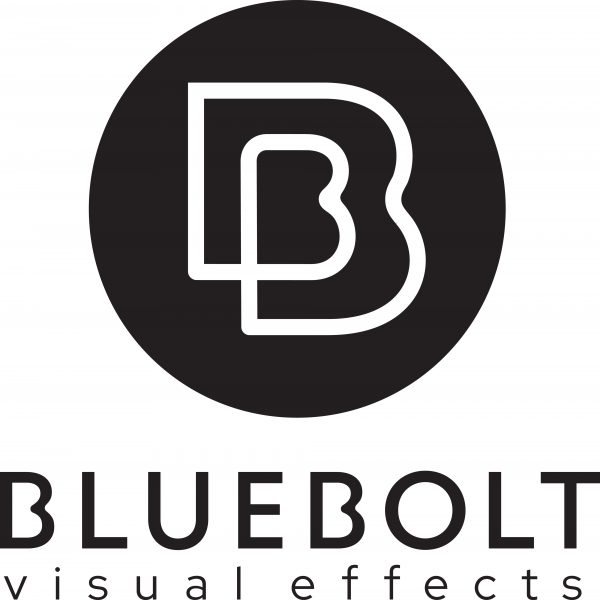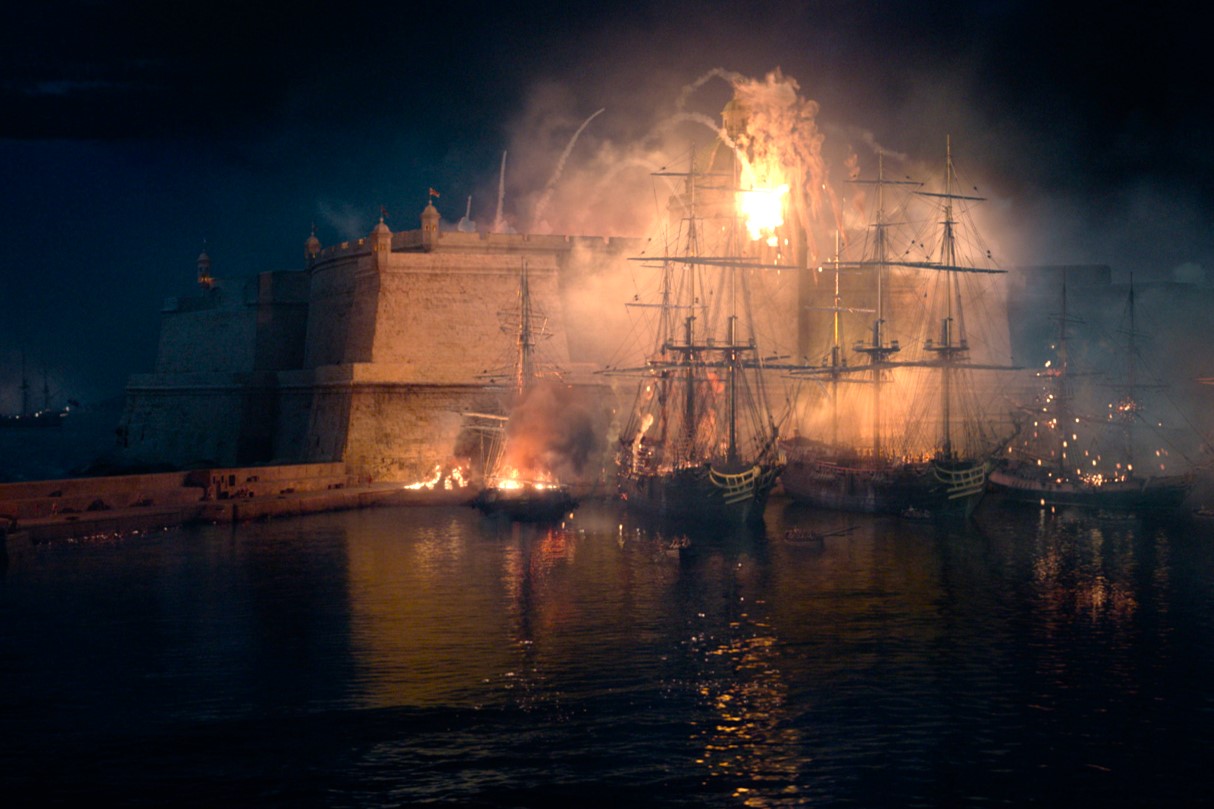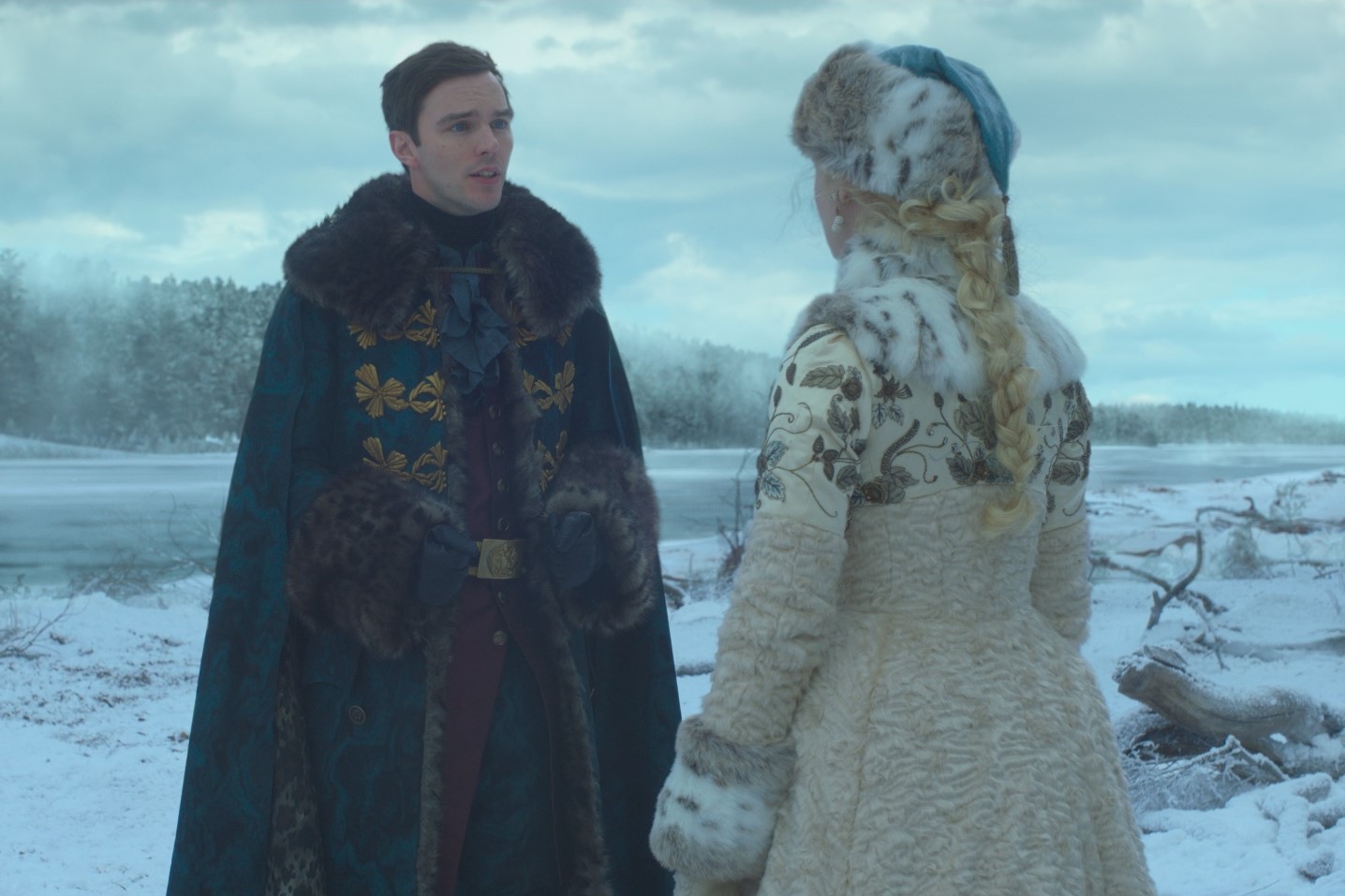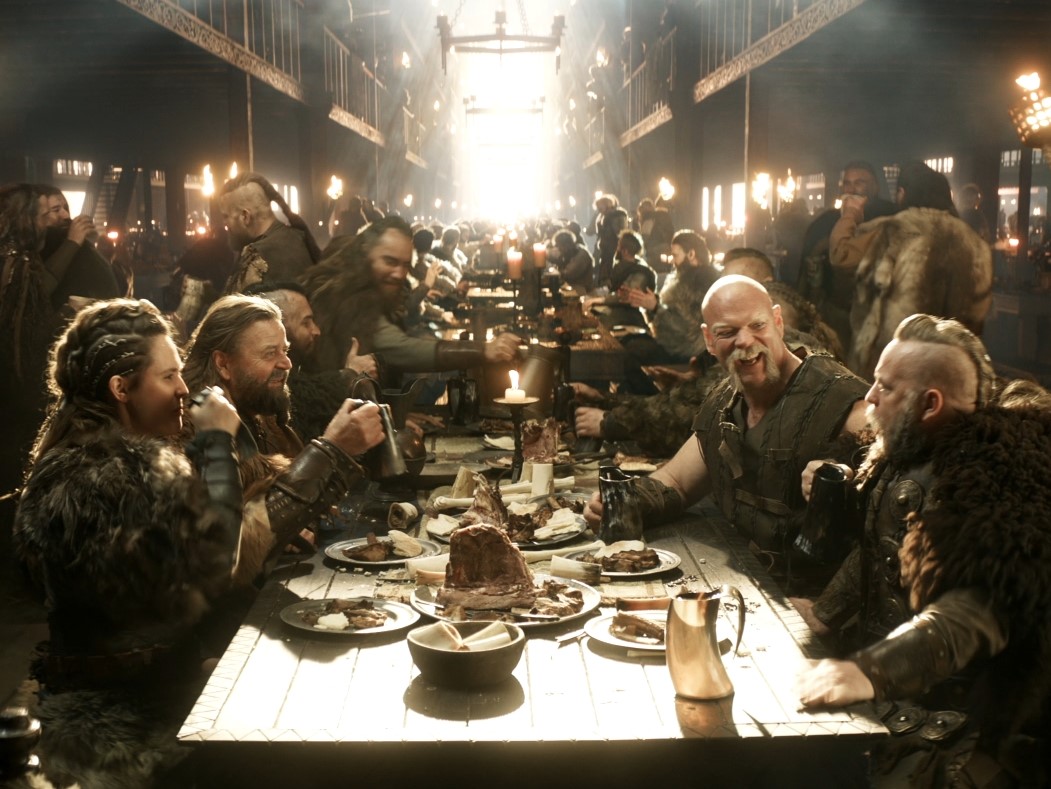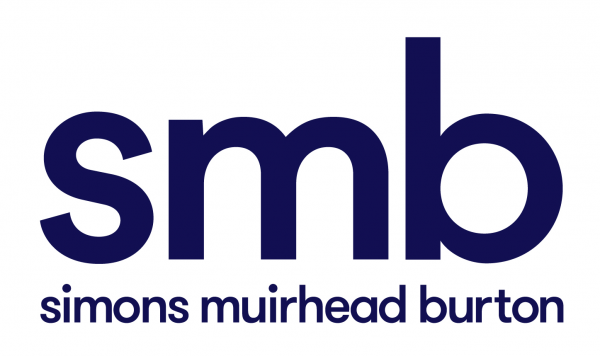This month, we interviewed Richard Frazer, VFX Supervisor and Tracy McCreary, Managing Director of BlueBolt.
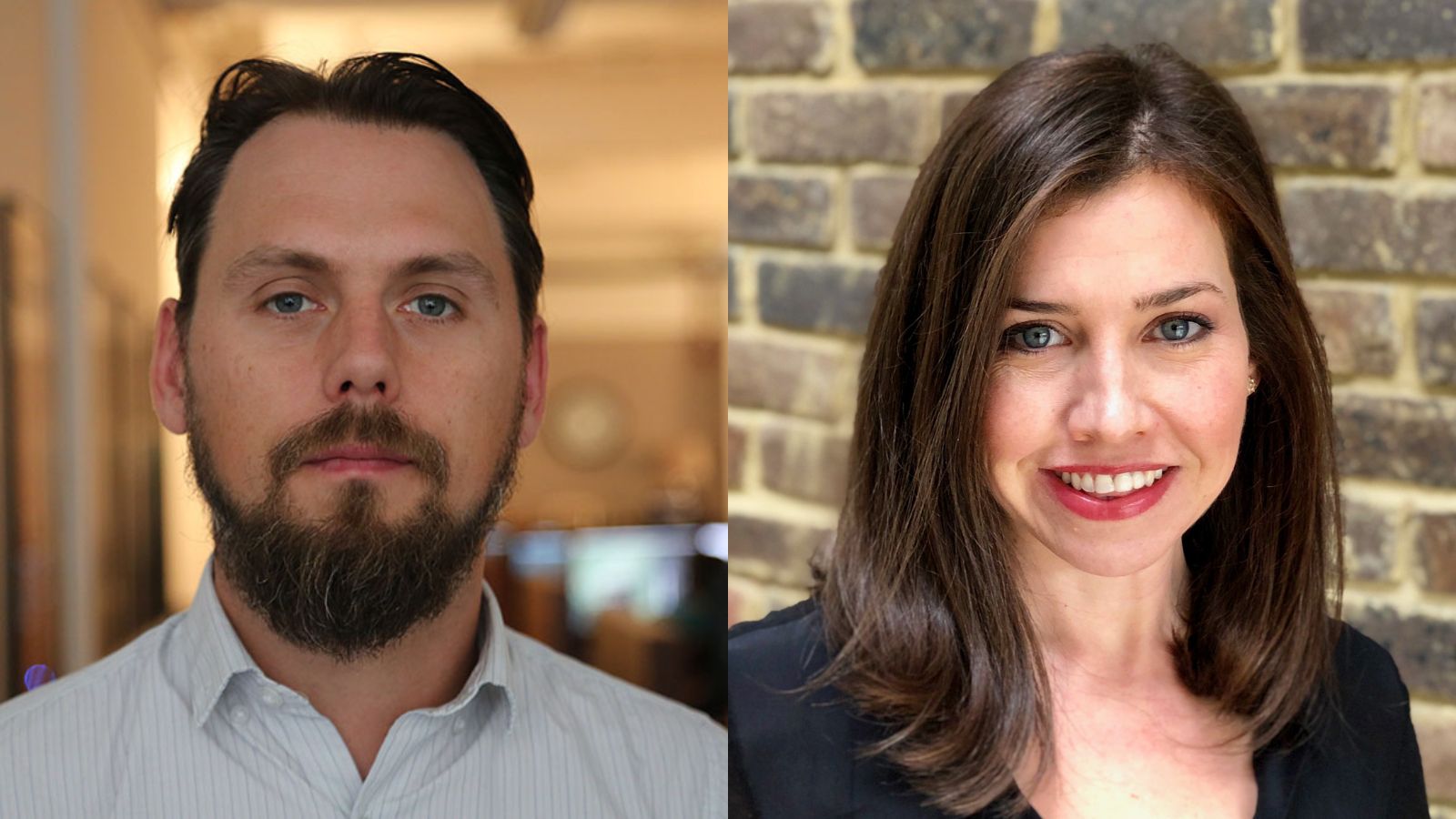
Founded in 2009, BlueBolt is an award-winning independent visual effects company based in central London. The studio provides high-end CGI to the global film and television industry, specialising in compositing, computer graphics and digital matte painting for film and television productions.
BlueBolt recently completed work on Seven Kings Must Die, the feature-length, final chapter of Carnival Films and Netflix’s popular historical drama The Last Kingdom. As the sole VFX studio on the series, the team created visual effects for all five previous seasons, delivering more than 3500 shots over the past eight years, working in close collaboration with producers Carnival Films and Director Edward Bazalgette to help create the world of Dark Ages 10th century Britain, in which The Last Kingdom is set.
We caught up with Richard Frazer, VFX Supervisor, and Tracy McCreary, Managing Director of BlueBolt, to learn more about their VFX journey on The Last Kingdom and their studio’s evolution.
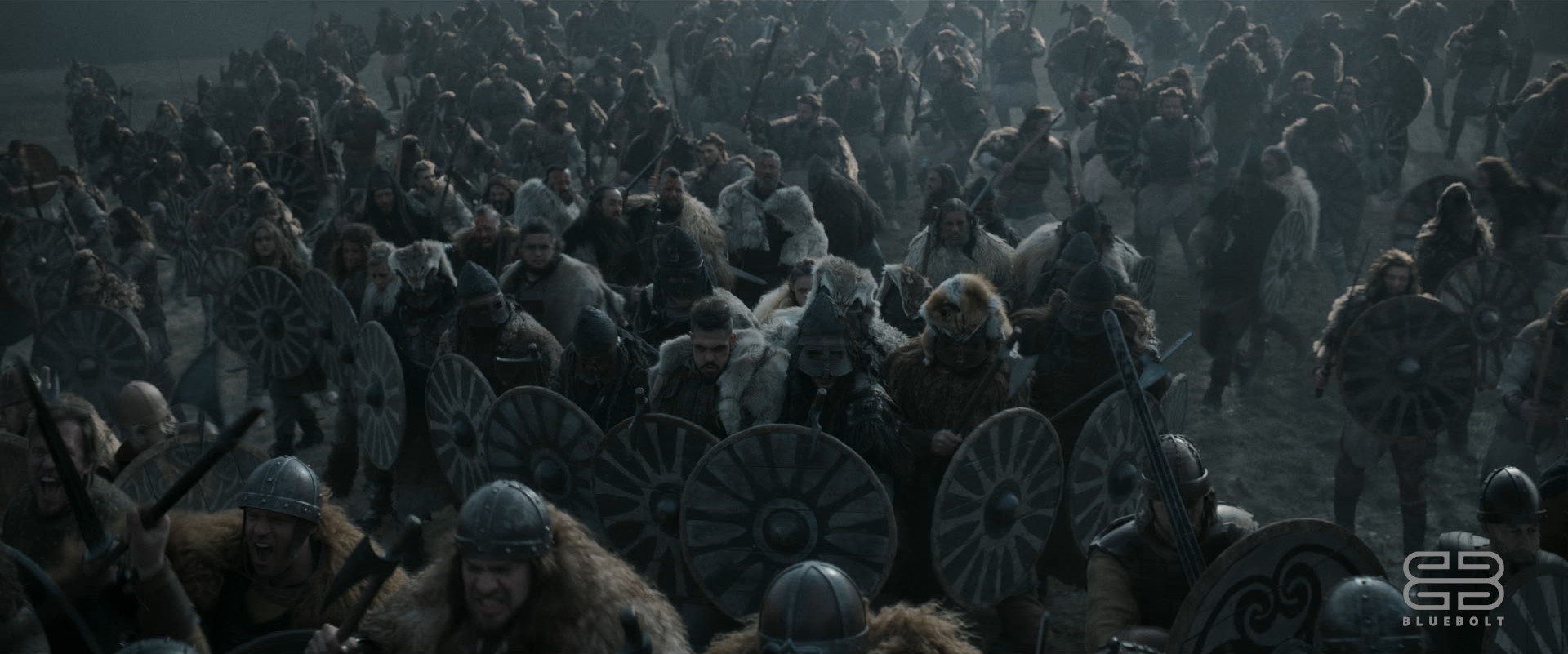
You recently delivered the VFX work for the final season of The Last Kingdom. As the sole VFX provider across all five seasons of the show, could you take us through the evolution of your VFX work?
Richard Frazer: The team at BlueBolt has thoroughly enjoyed bringing to life the world of The Last Kingdom, since we began on season one, eight years ago. Each new season seemed to grow in scope and ambition, bringing a new, unique challenge for VFX. However, the core work that we have provided (extensions of the habitations and environments, crowd replications for the battles and lots of blood) has remained a constant requirement. This means we’ve iteratively built upon our previous work each season, becoming more efficient and providing a higher level of quality each time.
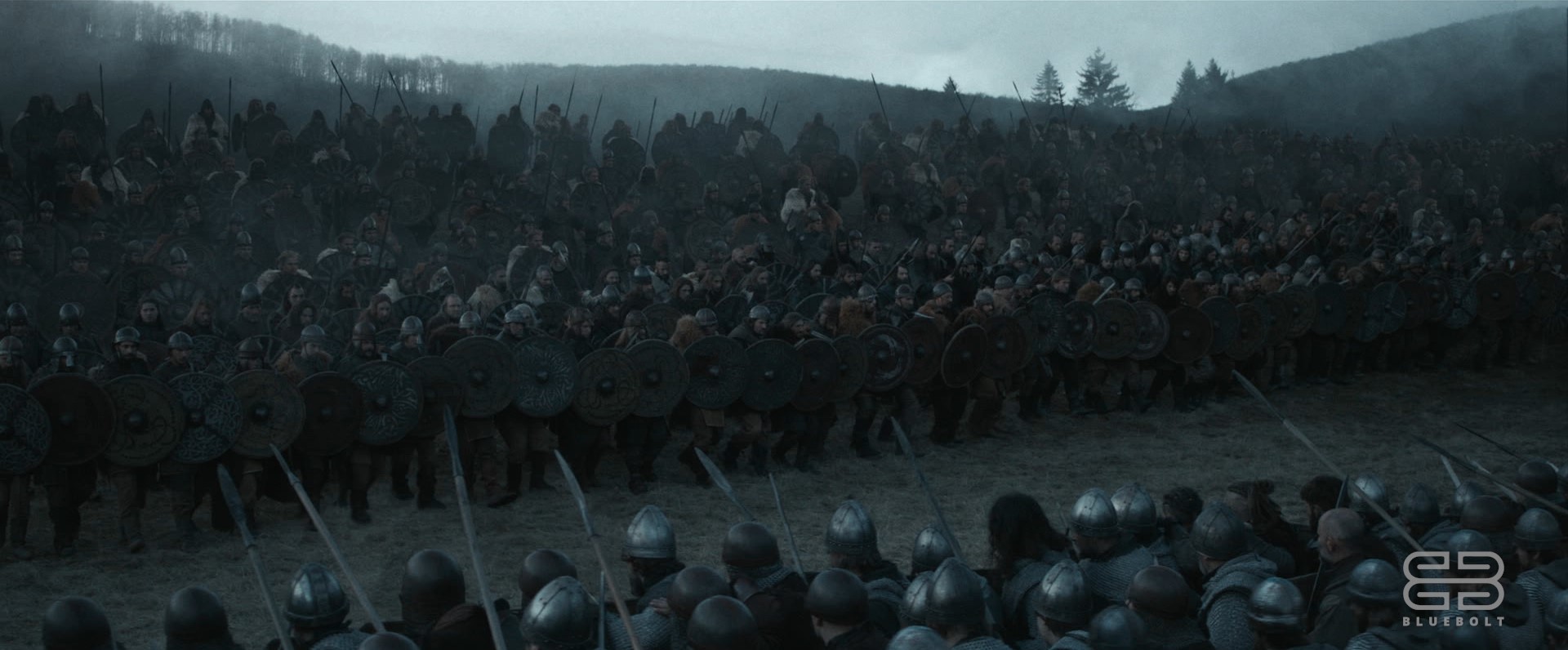
Have technological advancements changed the way or style in which you work, when comparing the first episode to the latest feature-length finale, Seven Kings Must Die?
Richard Frazer: The most significant advancement has been in our fully CG human characters. In the early seasons, we would limit the use of digital doubles as much as possible for crowd replications, instead relying on bluescreen elements or multiple plate passes.
By the time of Seven Kings Must Die, we had improved our CG characters by the use of enhanced textures, groom and cloth sims, as well as, a library of motion captured animation. This allowed us to confidently place them full-frame right next to our real actors.
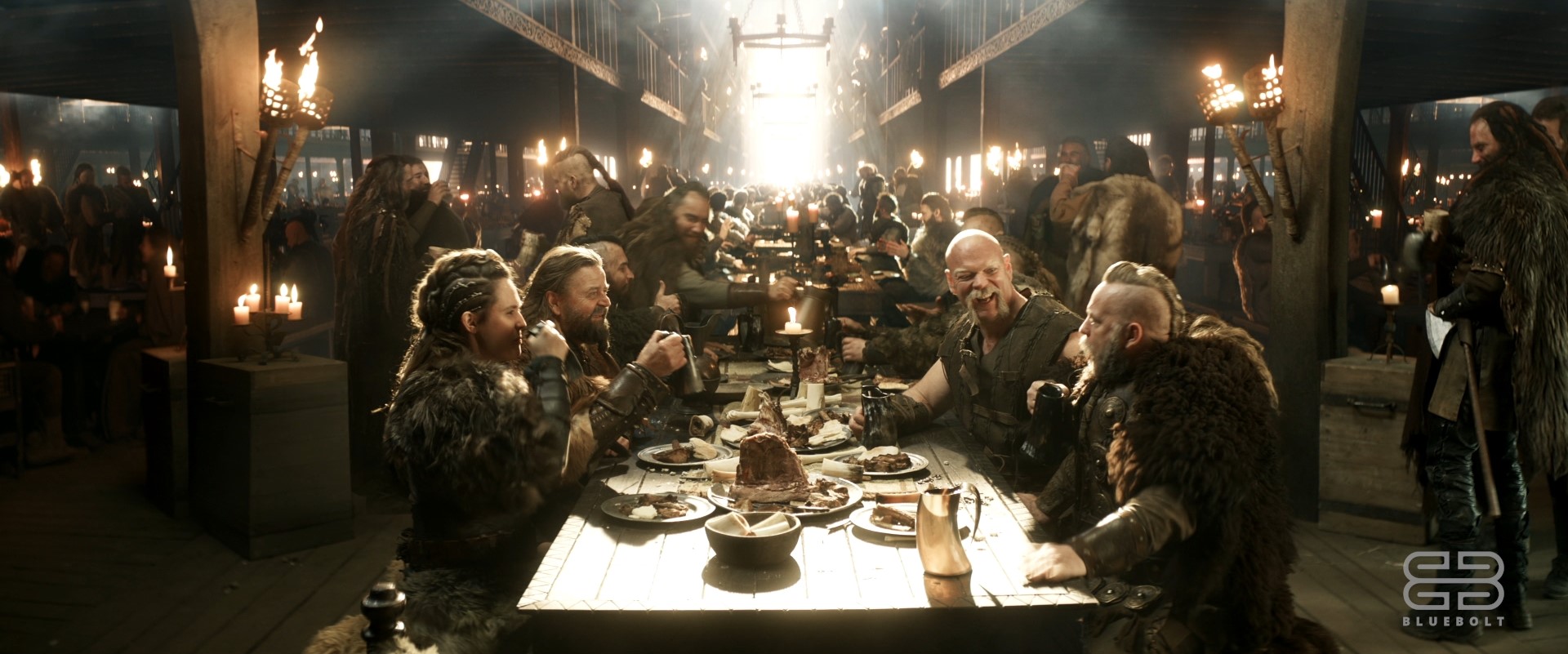
How do you tackle such a long form project? Do you feel the need to level up from each season to the next?
Richard Frazer: The great thing about working with Carnival as our client for this long, is building a great trust and rapport with them. We can get involved at the early creative stages to help steer what is going to be shot, and we know what they expect to see from our finished work.
BlueBolt had proven ourselves with creating many different battles over the five seasons, but there was some nervousness about the Valhalla sequence at the end of Seven Kings Must Die. It was tonally such a departure from anything we’d attempted before, but I think that through many open conversations with the clients we found a suitable climatic ending to the story that will hopefully satisfy the fans of the show.
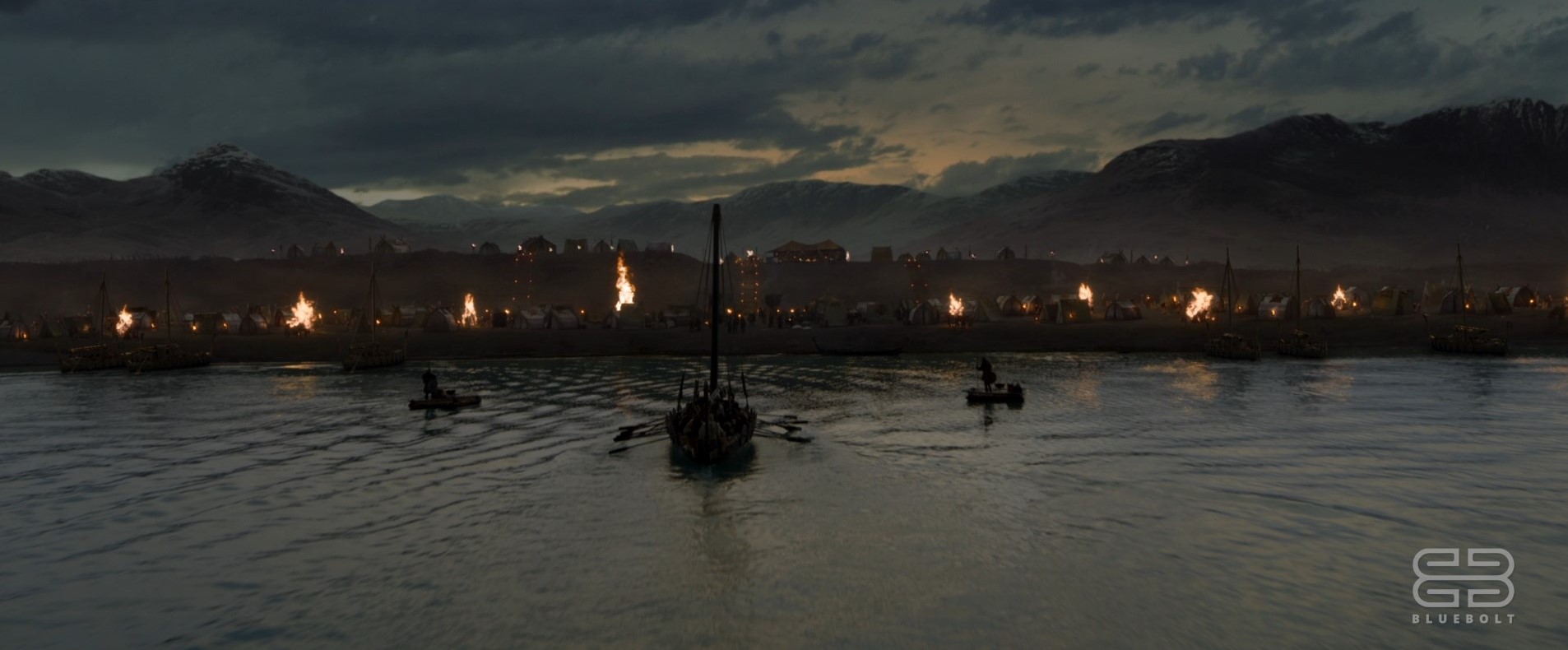
Over the course of the past eight years working on the show, what has that journey and development been like for your team?
Richard Frazer: The Last Kingdom was the very first show I worked on when joining BlueBolt eight years ago, and I think most people who have worked here have been on the project at some point. The artists at BlueBolt love working on the show. Many of them are history buffs who enjoy that period of Britain’s past and most are just fans of the show as a whole. We all got accustomed to cries for “more blood!” in dailies! Personally, I feel very fond of the project, having spent plenty of time out in Hungary, literally in the trenches of the Viking battles, and I am proud of the work that the BlueBolt team have produced.
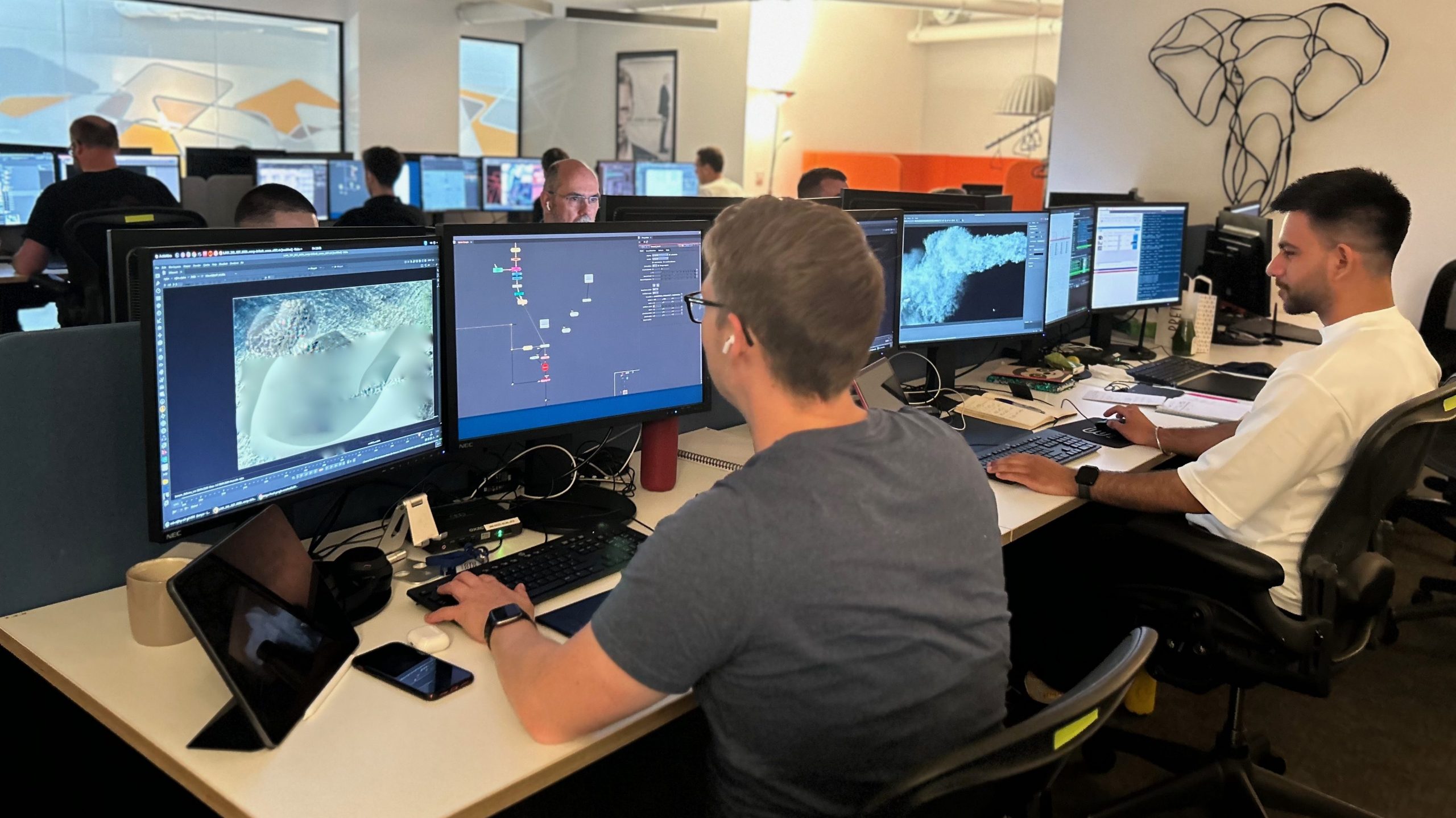
BlueBolt has grown, recently expanding your senior management team. Do you have plans to further expand your team and facilities?
Tracy McCreary: BlueBolt has doubled in size since the pandemic, but growth for the studio has always been an organic and sustainable process. We have been intentional about protecting the values that have made us a cohesive, close-knit team and enabled us to consistently deliver beautiful work for our clients. Nic Birmingham (our Head of 3D) and Henry Badgett (VFX Supervisor), who joined me on the Senior Management team earlier this year, have both been instrumental in BlueBolt success over the years and will continue to drive the studio forward.
We’re dedicated to the UK’s thriving Visual Effects industry and have firm roots here. It’s a priority for us to not just be investing in our staff but also engaging with the universities and institutions that are training the next generation of artists and technicians entering the workforce.
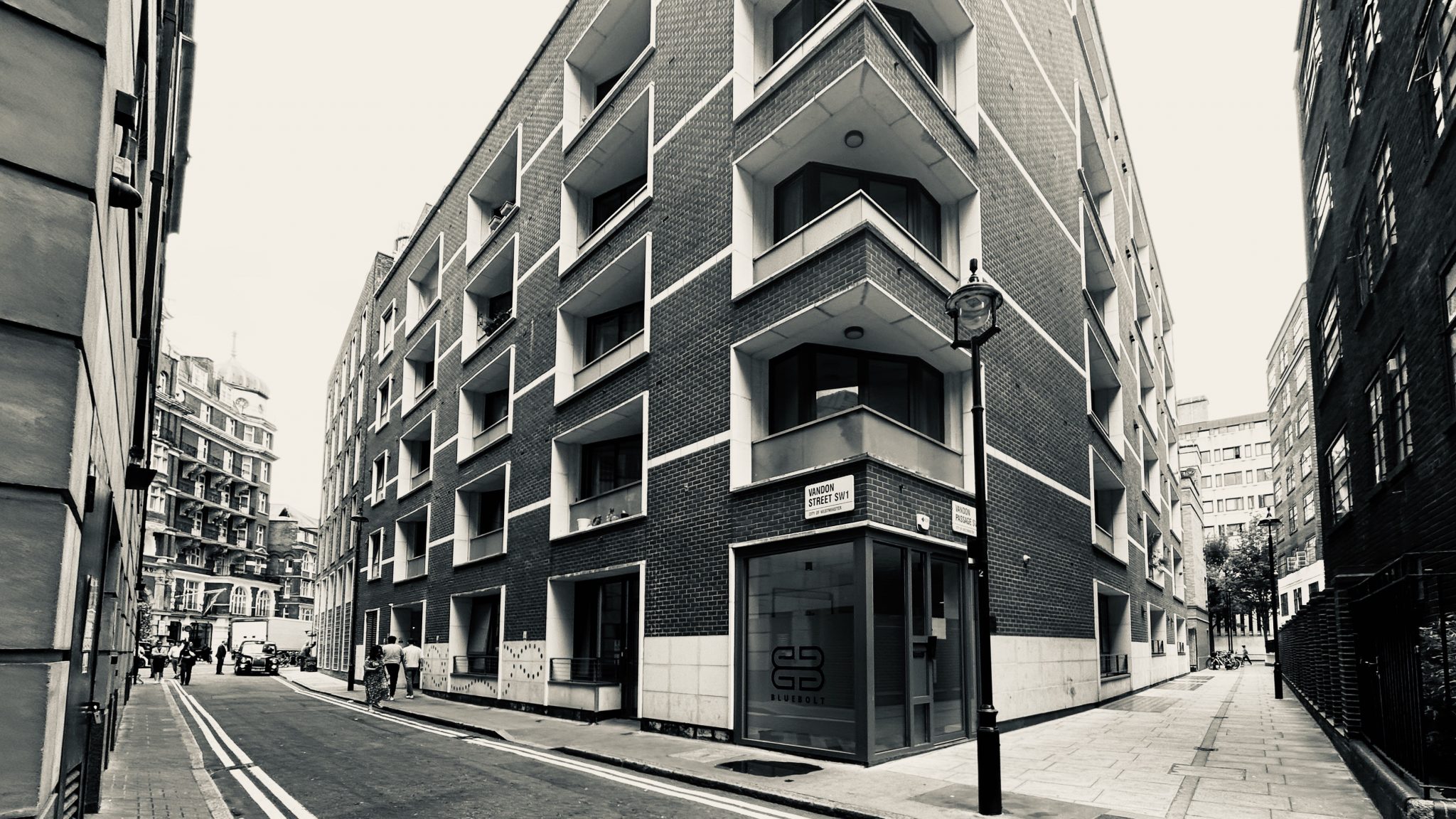
What does the future hold for BlueBolt?
Tracy McCreary: We couldn’t be more excited about the amazing team we have in place and the exceptional work being created. We have a fantastic roster of film and television projects this year including recently released Fast X and Mission Impossible, in addition to Robert Eggers’ Nosferatu, The Great Season 3 and Ridley Scott’s Napoleon.
